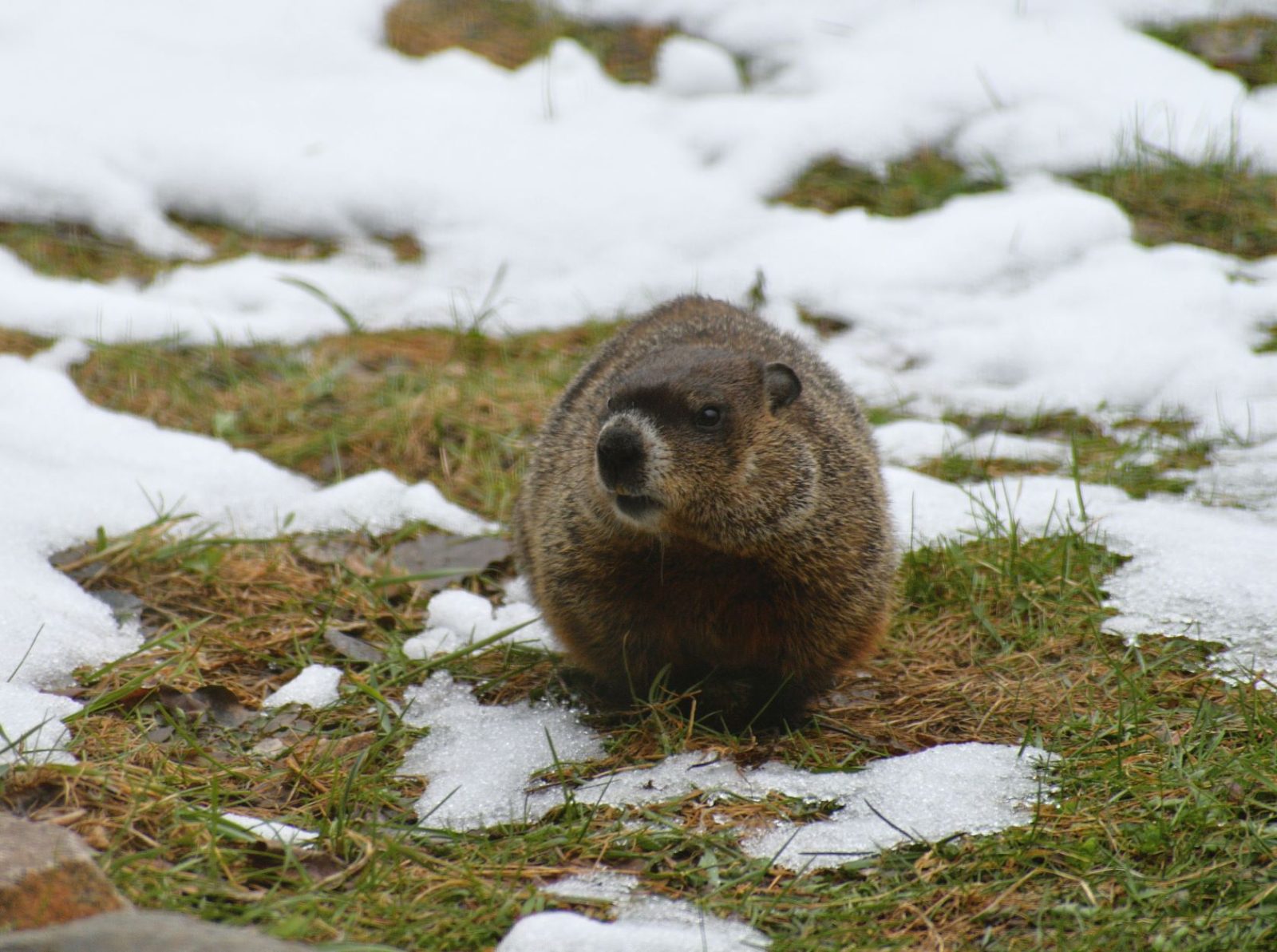As Groundhog Day, February 2, rolls around once again, some might wonder why such an important question, whether or not there will be six more weeks of winter, is left in the paws of a rodent?
Is it because marmots, as groundhogs are also called, are known to have a particular sensitivity to changes in barometric pressure? Is their rodent olfactory sense so advanced they are capable of smelling a change of season?
Most importantly, are they even good at it?
The single answer to all those questions is, quite unequivocally, no.
In a 2022 study, students at Lakehead University in Thunder Bay, Ont., compiled more than 530 groundhog predictions from 33 different locations. The results showed the groundhogs are about as accurate as flipping a coin. Not exactly the Nostradamus of the animal kingdom.
Instead, the annual coaxing of a groundhog from his hole in the dirt can be chalked up to tradition. More than 300 years ago, when German Christians arrived in what later became the state of Pennsylvania, they brought with them a tradition of predicting the coming end of winter based on a sunny or cloudy day on Candlemas (a Christian celebration of Jesus’s presentation to the temple of Jerusalem, often celebrated 40 days after the birth of Christ which falls on February 2). The timing of this event often coincided with the waking of hibernating animals, marking the coming of spring.
Back then the Candlemas tradition was gussied up with the use of different hibernating mammals such as badgers, bears or foxes as weather prophets. Though no studies could be found to prove it definitively, it’s unlikely the other mammals were any more meteorologically savvy than their groundhog counterparts.
From Pennsylvania the tradition spread across North America. The first official recorded Groundhog Day on the continent is considered to be in Punxsutawney, Pennsylvania, in 1887.
So, if the marmots can’t predict the weather, who can?
The Farmer’s Almanac uses mathematical and astronomical models to predict long-term weather patterns, claiming to be accurate up to 85 per cent of the time. This year the Almanac is predicting a “lion-like” end to winter, pushing snow storms and rain into late March.
Everyone will have to wait until February 2 to see how that prediction will stand up to the weather wisdom of the great woodchucks, Willy, Sam and Fred.
Otherwise, just check the Weather Network.



